
These days life is white-hot, red-hot, glowing, incandescent. This excitement runs all over my body and my mind. It nourishes my spirit. Sometime I feel like those sparkling sticks kids hold in their hands on the first of the year. I feel empowered and harmonious. When I lose balance, I’m able to catch myself and correct course; if I happen to linger there, I try to deal with it with a stoic attitude, meaning, why let yourself be bother by something you can’t change? Or else, I try to convert the energy of rage or indignation into good energy, in the form of animated talks or laughs with friends.
This good energy runs through me while I’m heading towards the coffee shops I work at every morning. This is what was Tiffany for Holly Golightly; except that here they serve real breakfasts. I’m so revitalized getting out of the house in the fresh morning here, coasting the Aurealian walls, walking down the sunlit market of the working-class neighbourhood of Via Del Pigneto, watching kids from many different ethnicities going to school. The hurried or cheerful attitude of the mothers reminds me to the one of my own mother. I recall how was it to go to that terrible and yet so fundamental place which was school. And yet, schoolkids remind me how important is to feel to be on a learning path, and having buddies to share that experience with. I treasure that sensation that I experience elsewhere, walk in the coffee shop, order a cappuccino, and sit to do my work, an independent, solitary but beautiful adventure. Something that I have proudly built from scratches.
Read More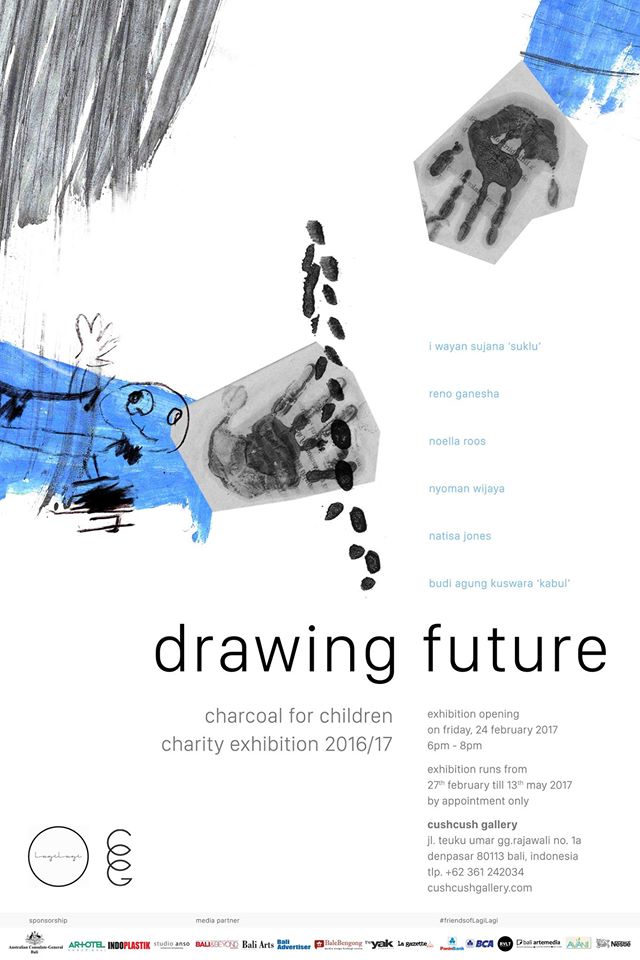
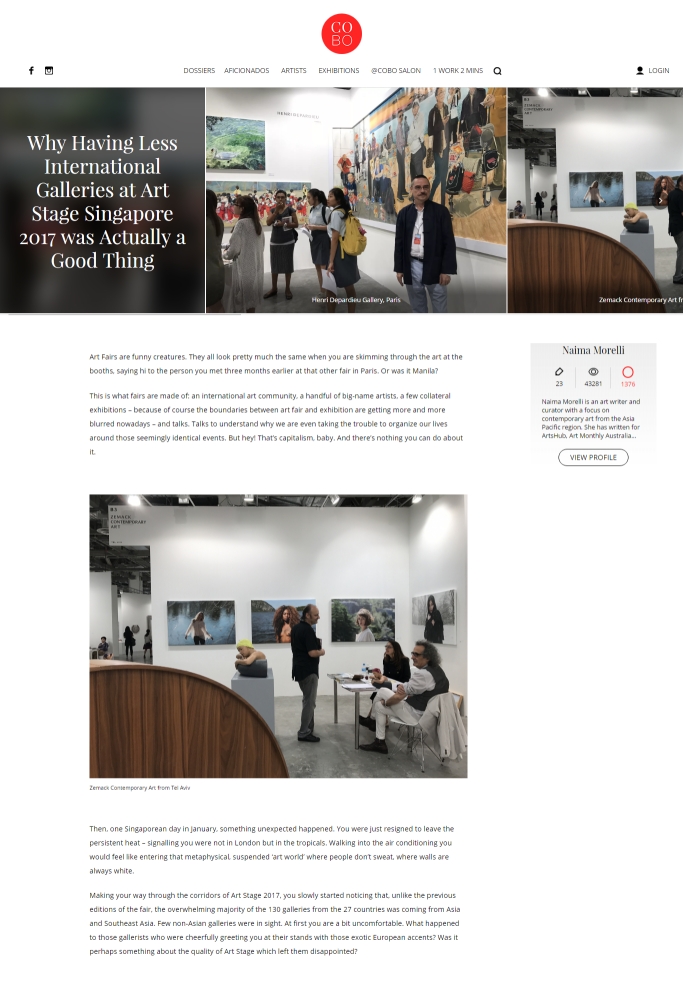

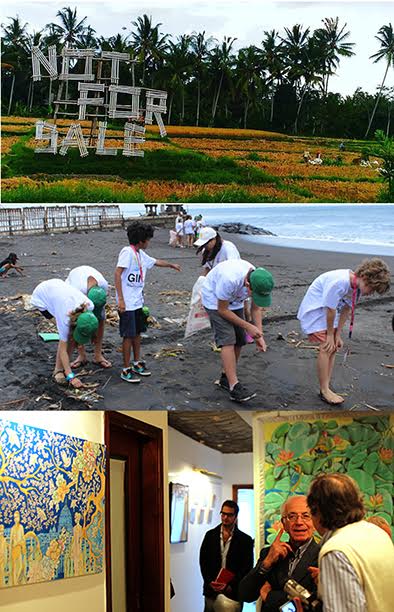
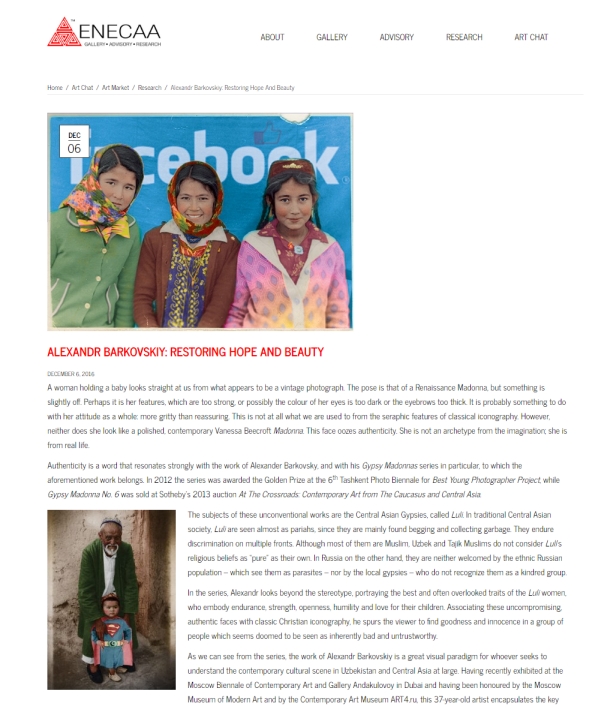
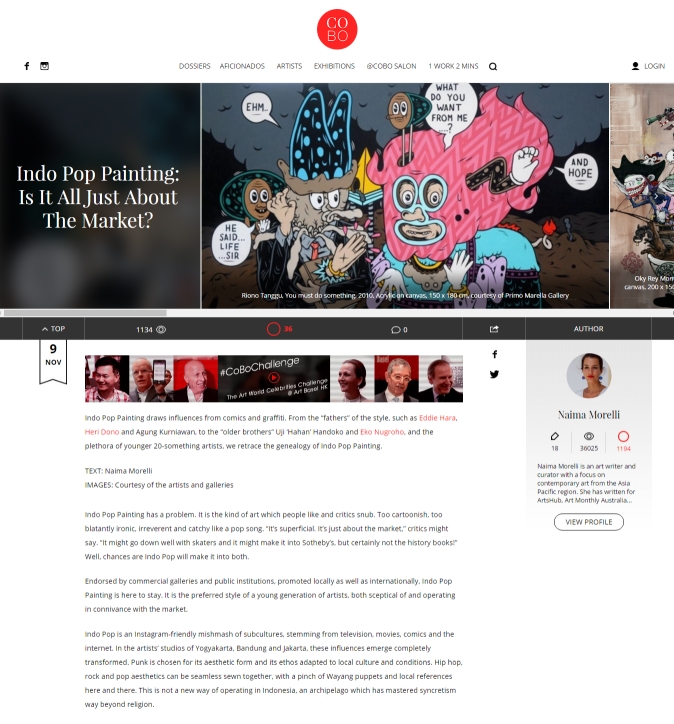

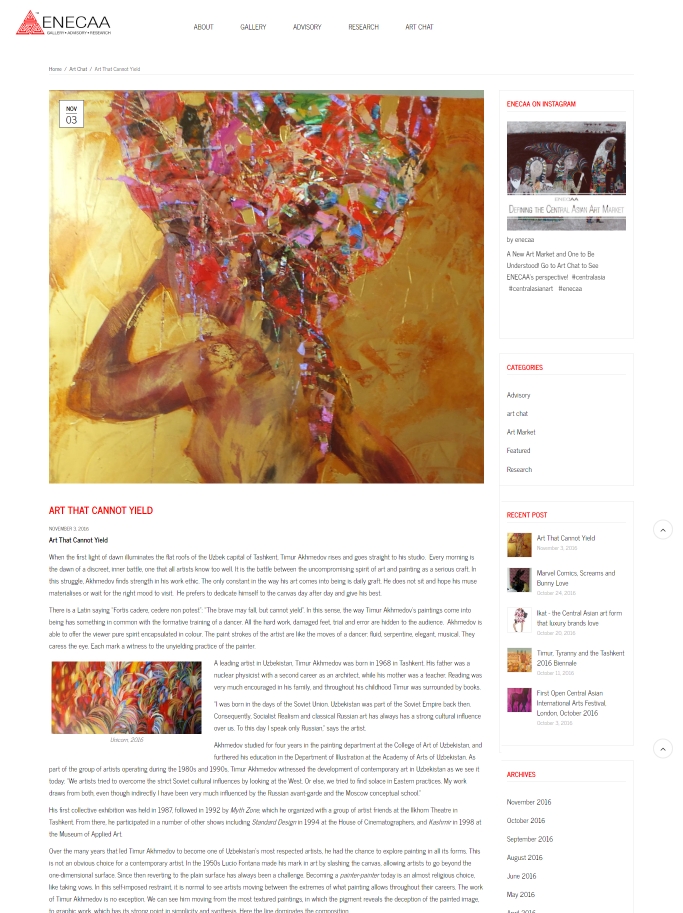
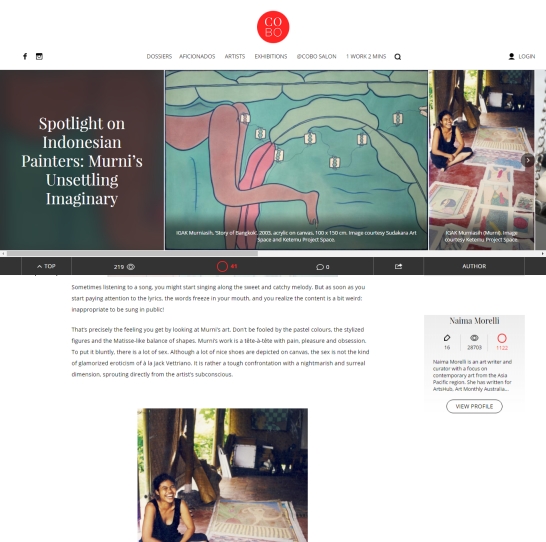
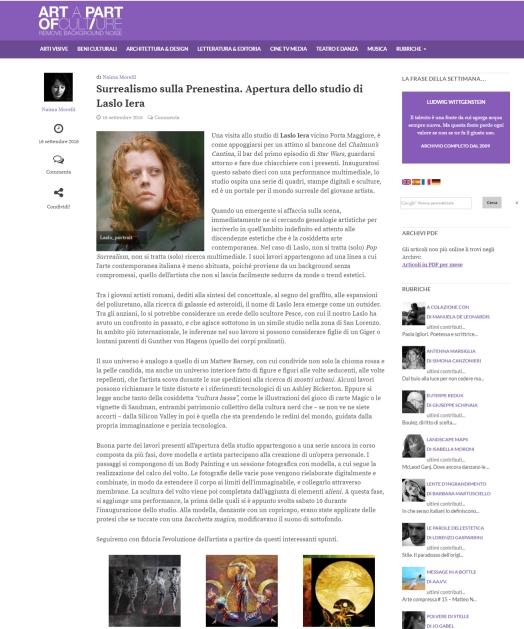
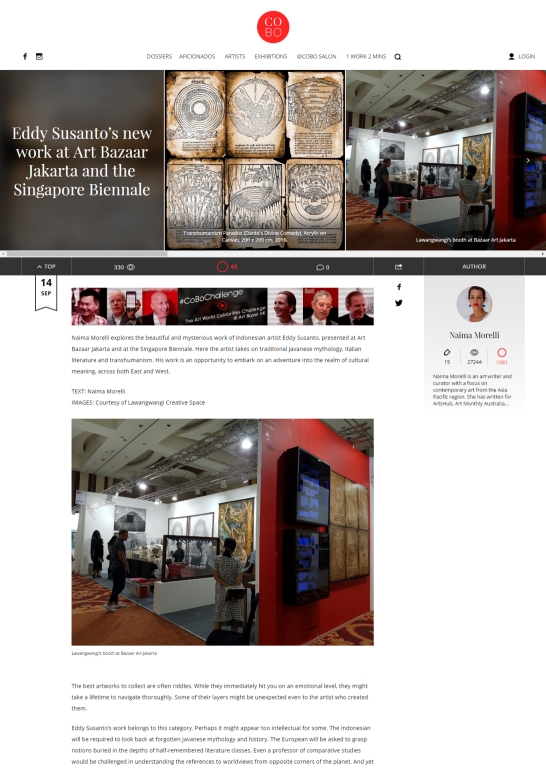




Published! Why satire should come of age on Global Comment
Global Comment has just published my article titled “It’s not just a cartoon: why satire should come of age”. Writing for Global Comment gives me the chance to get a little bit out of my comfort zone, writing about topics not necessarily related to contemporary art and – like in this case – making reflections and drawing connections to the news of the day.
In this piece I’m referring to the parallel upheavals caused by Charlie Hebdo’s cartoon on the earthquake in Italy and The Australian’s cartoon of the Aboriginal dad. While coming from different contexts, both caused a stir. I’m looking at why this happened, and how satire should take into consideration in a modern, more complex world.
Here is the link to the piece
Read More